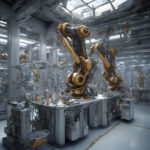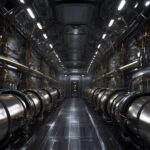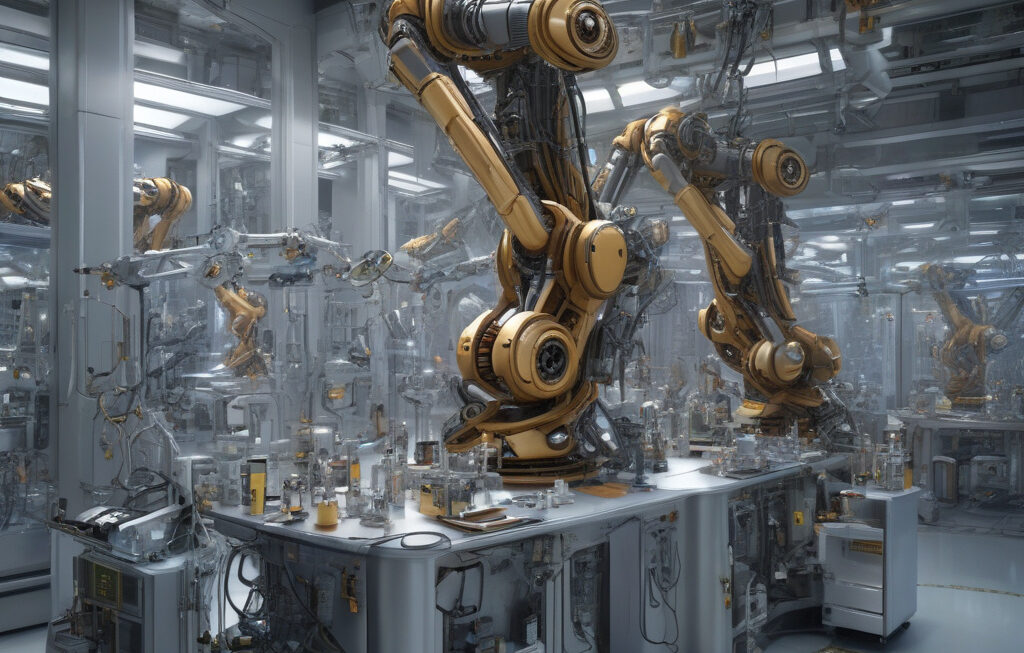Nuclear Fusion Milestone: China’s BEST Reactor Prepares for First Electricity Tests
China’s next-generation nuclear fusion research device, BEST, has entered a new construction phase involving the crucial installation of key components. This advancement marks a significant milestone in China’s quest to harness the power of nuclear fusion for clean and sustainable energy production.
The Basic Experimental Superconducting Tokamak (BEST) reactor, located in Hefei, Anhui province, is part of China’s broader efforts to develop fusion energy technology. Fusion energy, which powers the sun and stars, holds immense promise as a virtually limitless and environmentally friendly energy source. Unlike traditional fission reactors that generate energy by splitting atoms, fusion reactors produce energy by fusing atoms together, releasing massive amounts of energy in the process.
The construction phase that BEST is currently undergoing involves the installation of key components such as the superconducting coil system. This system is crucial for creating the magnetic field necessary to confine the superheated plasma at the heart of the reactor. The successful installation and testing of these components are essential steps towards achieving the ultimate goal of the project: generating sustained fusion reactions and, eventually, electricity.
One of the most significant challenges in nuclear fusion research is achieving and maintaining the high temperatures and pressures required for the fusion process to occur. To replicate the conditions found in the core of the sun, scientists need to heat the plasma to temperatures exceeding 100 million degrees Celsius. At such extreme temperatures, the atoms are stripped of their electrons, forming a plasma state where fusion reactions can take place.
The tokamak design, used in reactors like BEST, is one of the most promising approaches to achieving controlled nuclear fusion. In a tokamak, powerful magnetic fields confine the hot plasma, preventing it from coming into contact with the walls of the reactor and cooling down. This confinement allows the plasma to reach the temperatures and pressures necessary for fusion reactions to occur.
Once the construction phase is complete, BEST will move on to the next crucial stage: plasma experiments. During these experiments, scientists will heat the plasma to the required temperatures and pressures, initiate fusion reactions, and study the behavior of the plasma in real-time. These experiments will provide valuable data and insights that will help researchers fine-tune the reactor design and move closer to achieving sustainable fusion energy production.
The successful operation of the BEST reactor holds the potential to revolutionize the energy landscape, offering a clean, safe, and virtually limitless source of power. Fusion energy produces no greenhouse gas emissions, generates minimal radioactive waste, and does not carry the risk of catastrophic meltdowns like traditional nuclear fission reactors. If China’s BEST reactor proves successful in generating electricity from nuclear fusion, it could pave the way for a new era of energy production that is both sustainable and abundant.
As China’s BEST reactor prepares for its first electricity tests, the global scientific community is closely watching the progress. The successful demonstration of sustained fusion reactions and electricity generation would not only be a monumental achievement for China but for the entire world. It could signal a major step forward in the development of fusion energy technology and bring us one step closer to a future powered by clean and sustainable energy.
China, Nuclear Fusion, BEST Reactor, Sustainable Energy, Plasma Experiments












